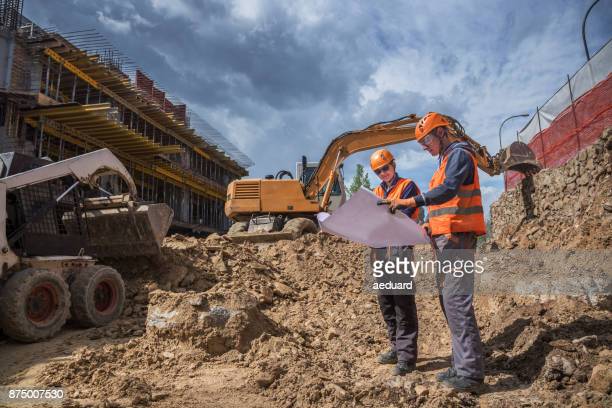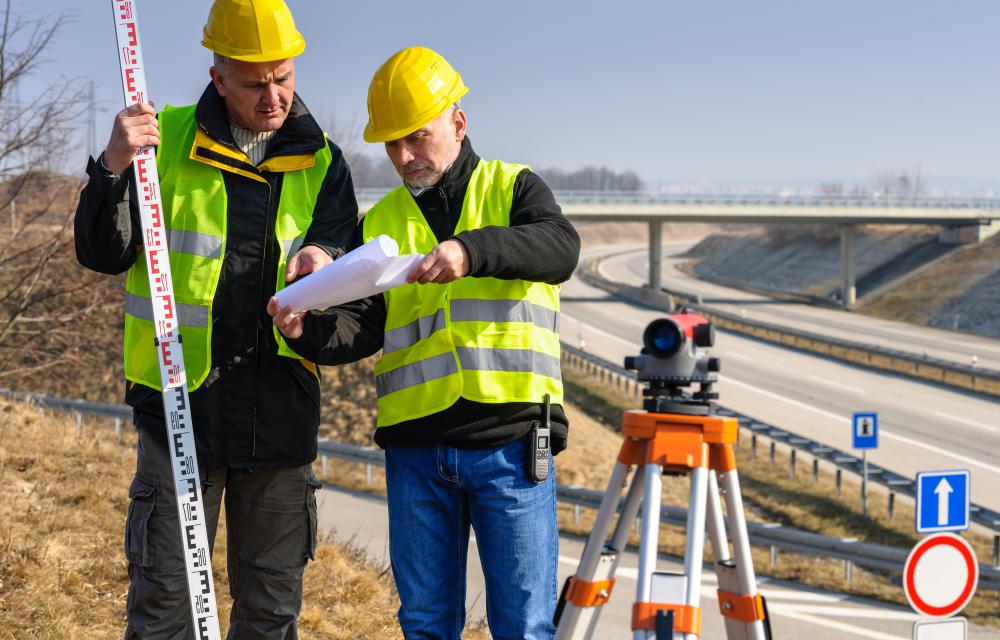InSAR and geotechnical monitoring
InSAR IS TO BE BECOME AN INTEGRAL PART OF THE GEOTECHNICAL ANALYSIS AND MONITORING
- Pre-design phase investigation and historical analysis of the stability of an area using archive data. InSAR is practically the only tool, which allows travelling back in time and analysing historical data and historical deformations in an area, which can be a critical piece of information for geotechnical design and planning as well as for a site suitability assessment.

- Early warning: As InSAR is susceptive to the smallest changes, it is irreplaceable for early change detection and monitoring and, again, it is especially acute in the areas where no in situ instruments can be installed for economic or technical reasons or where their data do not provide sufficient spatial coverage.
- Synoptic view: While some sensors provide almost real time and highly precise data, the data remain very localised and do not allow to make a correct conclusion about the area as a whole. InSAR provides a synoptic view on an area with thousands and tens of thousands of points per square kilometre, which forms, so called, synoptic view as opposed to fragmented points.
- Cost-effective: Traditional ground-based monitoring techniques involve installing numerous sensors, which is labor-intensive and expensive, sensors maintenance costs, operational costs as well as data collections costs come on top. In contrast, InSAR allows for wide-area coverage without the need for any in situ presence and it also helps to identify the areas which might be affected by a deformation and focus instrumental monitoring on the most critical areas reducing the overall costs of the system.

The InSAR technique, thus, has to be viewed as an enhancing and a complementing tool in a complex system of geotechnical monitoring, not a direct competitor to any other technique. InSAR data and their analysis complement the data collected from other sensors, such as prisms, inclinometers, piezometers, ground-based radars etc.
Smart combination of the different techniques gives the most cost-effective solution and also the best response given the challenges and risk profile of each particular site and situation.
The recent proliferation of geotechnical platforms, which allow different sensors data visualisation is a clear indicator of the trend towards more integrated approach in geotechnical data collection while integrated or fused data analytics will be the next big step, which will allow deriving more meaningful conclusions in the most cost-effective way from the data collected from sensors with very different temporal and spatial resolution and even the nature of the measurement.
